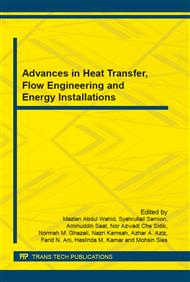p.575
p.580
p.585
p.591
p.596
p.601
p.606
p.612
p.618
Humidity and Water Effect on Wear Characteristics of Disc Braking System
Abstract:
A series of wet braking tests has been performed using two different pad materials. Brake tests were conducted in different operating conditions i.e. dry, humid air and wet environment in which both pad samples were tested against grey cast iron disc at certain sliding speed and contact pressure. Wear analysis was performed to find correlation between presence of water and changes in brake pad wear characteristics. The results revealed that regardless of the frictional behaviour, wear rate for both pad materials tested at humid air and wet braking is significantly lower than in dry results.
Info:
Periodical:
Pages:
612-617
Citation:
Online since:
January 2016
Keywords:
Price:
Сopyright:
© 2016 Trans Tech Publications Ltd. All Rights Reserved
Share:
Citation:


